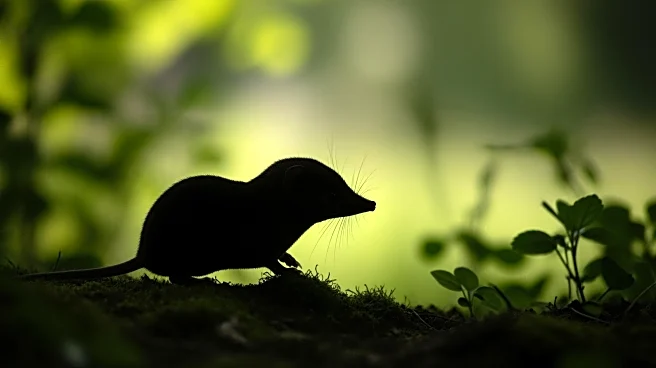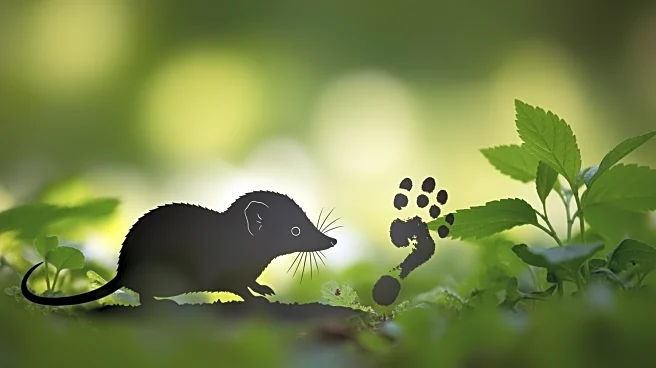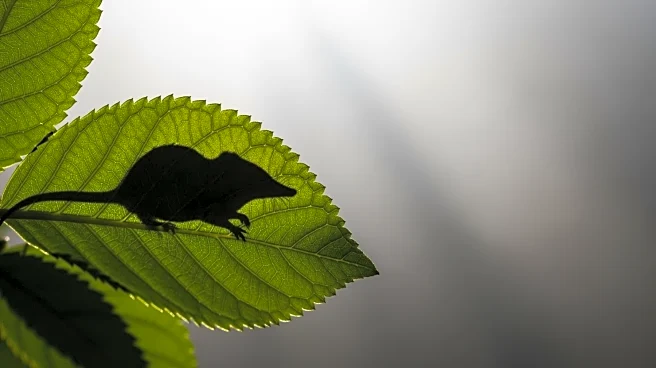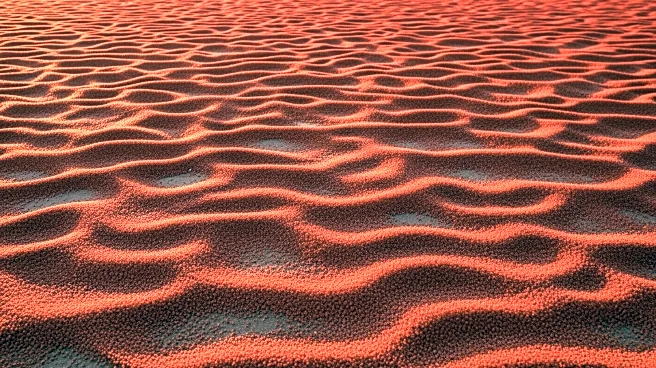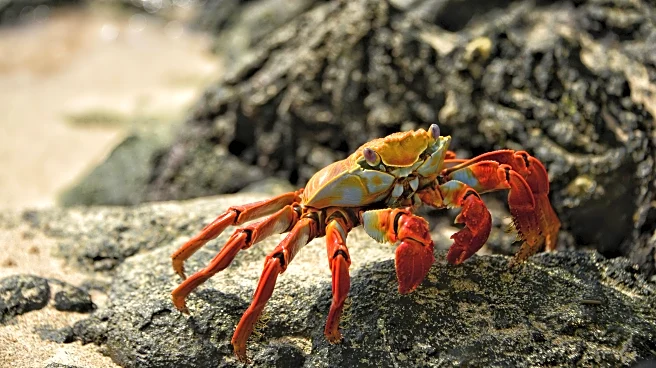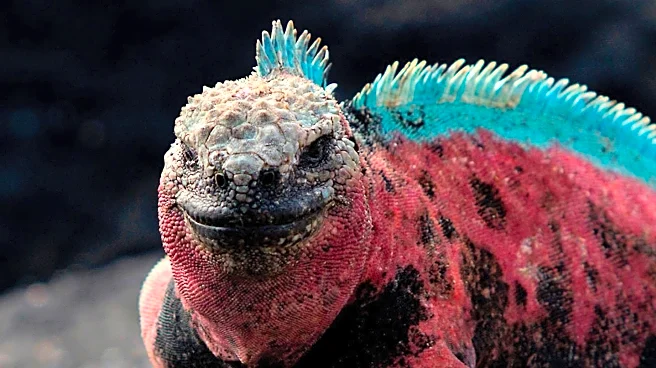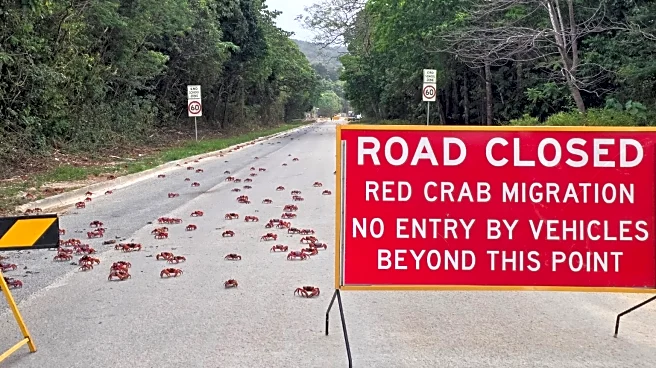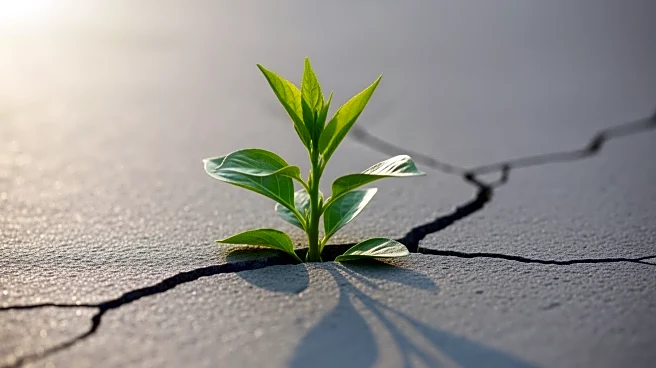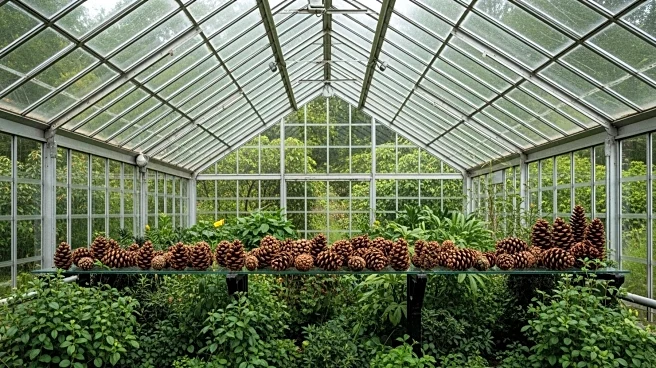What's Happening?
The Christmas Island shrew, Crocidura trichura, has been officially declared extinct. This small mammal, native to Christmas Island in the Indian Ocean, was once common but has not been seen in decades.
The shrew's decline began with the arrival of black rats and a parasite, Trypanosoma lewisi, which devastated the island's native mammal population. Despite brief rediscoveries in 1958 and 1984, no further sightings have been recorded. The shrew's extinction adds to Australia's record of mammal species loss, marking the thirty-ninth such extinction since colonization.
Why It's Important?
The extinction of the Christmas Island shrew underscores the broader issue of biodiversity loss in Australia, which has lost more mammal species than any other country. This event highlights the vulnerability of island ecosystems to invasive species and human activities. The loss of the shrew is a reminder of the delicate balance within ecosystems and the impact of human expansion. It raises concerns about the conservation of other endangered species and the need for more effective measures to protect biodiversity.
What's Next?
While the Christmas Island shrew is now considered extinct, the focus may shift to preventing further losses of other species on the island and elsewhere. Conservationists might advocate for stricter controls on invasive species and increased funding for biodiversity research. The extinction could also prompt policy discussions on environmental protection and the implementation of more robust conservation strategies to prevent similar occurrences in the future.
Beyond the Headlines
The extinction of the Christmas Island shrew raises ethical questions about humanity's responsibility to protect lesser-known species. It also highlights the challenges of conservation in remote and isolated ecosystems. The shrew's story is a poignant reminder of the many species that may disappear unnoticed, emphasizing the importance of early detection and intervention in conservation efforts.
